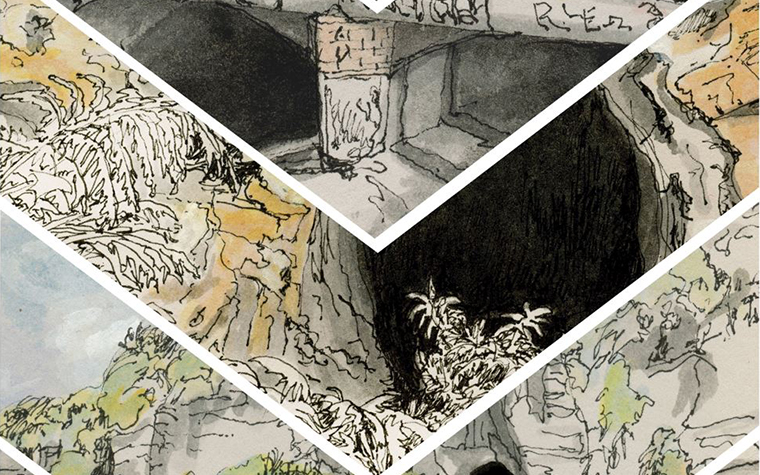

Subterranean Geographies in Australia
February 23, 2022 - February 25, 2022
In recent years, there has been what Squire and Dodds’ (2020) describe as a “subterranean ‘turn’” in geographical scholarship. A critical recognition that geography has tended to have a “surface bias” and that an understanding of how the subterranean worlds (e.g., underground infrastructure, aquifers, minerals, cave system, underground imaginaries, subterranean cosmologies) are entangled with surface lives and processes.
Over the past year, leading geographical journals have launched special issues focused on the “underground” including: Geopolitics (see Squire and Dodds 2020); Emotion, Space and Society (see Nieuwenhuis and Nassar 2020); Geoforum (see Woon and Dodds, 2021); and Political Geography (see Marston and Himley, 2021). In total, there are 34 articles featured across these special issues – with articles focused on case studies in Africa, Asia, Europe, North America and South America. However, not a single paper focuses on Australian undergrounds. This is a critical omission. For one, subterranean space, its exploitation and use, is a contemporaneous topic in Australia. For example, there are mass large-scale underground tunneling occurring across all of Australia’s cities, which are being funded by billions of dollars in public monies; underground space is important part of Country – materially and spiritually – for Indigenous groups across the continent, the resource extraction sector has a disproportionate influence on Australian publics and is a key focus on national and economic ‘development’ agendas. Australia is also home to the largest underground aquifer in the world – the Great Artesian Basin – which plays a critical role in various lives and livelihoods (human and the more-than human). There are multiple, and often conflictive, undergrounds across Australia and is important to talk about them.
There are range of scholars from multiple disciplines doing critical work on underground and underwater in Australia, The underground has been a significant site of research of physical geography, for example in the fields of geomorphology, structural geology, hydrology and speleology. It is also the focus of social sciences like Human Geography, Archaeology, Anthropology, Urban Planning and Law. Thus, as a topic, it presents a unique opportunity for a multiplicity of disciplines to connect in truly meaningful ways.
The purpose of this Symposium is to bring together “underground” and “underwater” geography scholars in Australia together in order to discuss and identify key Australian-related themes for the “subterranean turn” – a “down under subterranean turn” if you will – and to map future avenues so that this scholarship is more directly contributing to international debates on underground geographies. The Symposium will be structured over two days.

